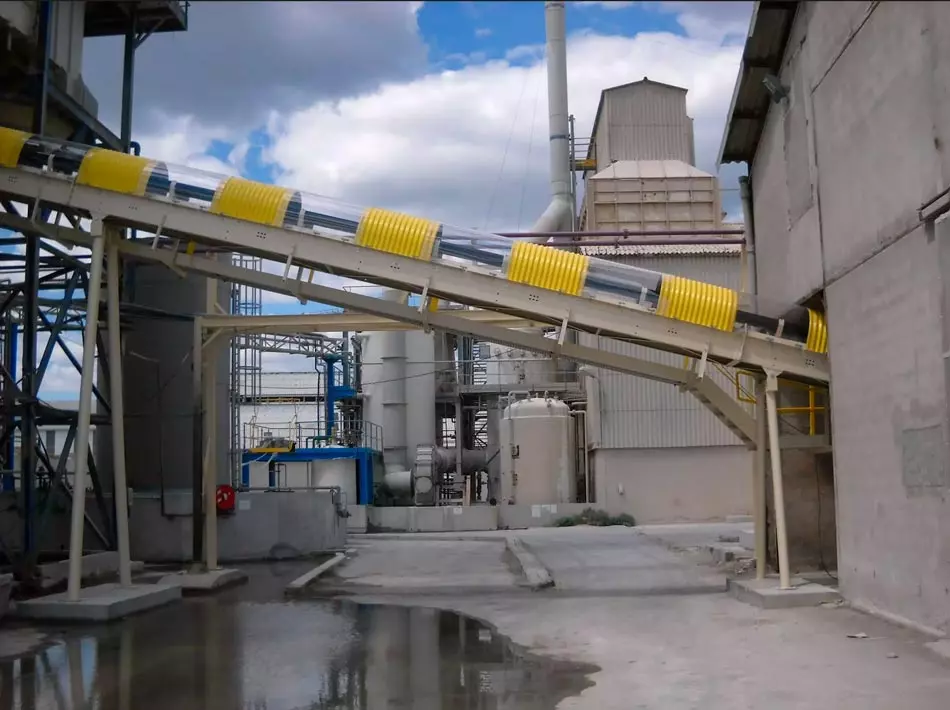Covering conveyor belts to prevent accidents

Conveyor belts are a major element to any mining or quarrying operation. They are able to transport large amounts of material on a continuous manner at great speed and for a low cost. By transporting materials using conveyor belts, we can reduce manual labour resulting in fewer injuries, thus having a positive impact on the workforce’s health and well-being.
However, conveyor belts can also represent a high risk if not adequately used. Among the main hazards are the risk of projected materials falling off the conveyor belt during transportation, risk of entrapment and dragging caused by loose elements (long hair, scarves, etc.), staff falling or losing their balance nearby a conveyor belt in operation, or staff undergoing cleaning and maintenance duties that must be done while the conveyor belt is in operation.
And these are not minor risks. During the period between 2005 and 2017, a total of 51 serious accidents involving conveyor belts were reported in Spain, 12 of which were fatal.
One of the most efficient, safe and economic solutions to avoid these types of accidents is to cover the conveyor belts. A quality cover will prevent any transported elements falling onto staff, as well as accidents caused by entrapment or dragging, by creating a barrier between the conveyor belt, its mechanism and moving parts and its surroundings.
This is one of the reasons why several countries’ legislations, most particularly in Europe and Latin America, have made the use of protective covers in all conveyor belts compulsory.
In the event of transporting fine materials, the cover is also used as a barrier to prevent dust propagation in order to prevent any damages to both the environment and the workforce´s health and well-being.
Therefore, the installation of covers on conveyor belts shall result in further economic advantages, as they also protect them from weather conditions such as sunlight, rain or wind, thus reducing any maintenance and replacement costs and translating into a longer useful life.

